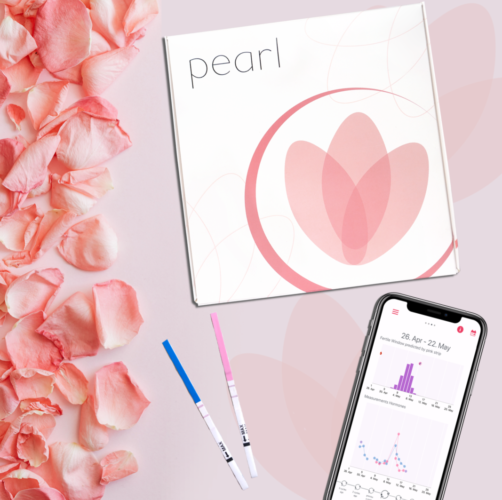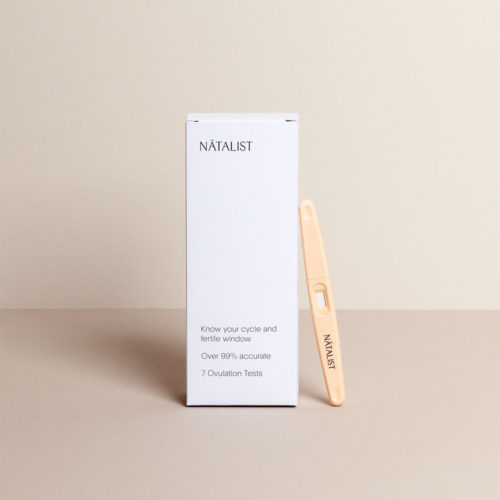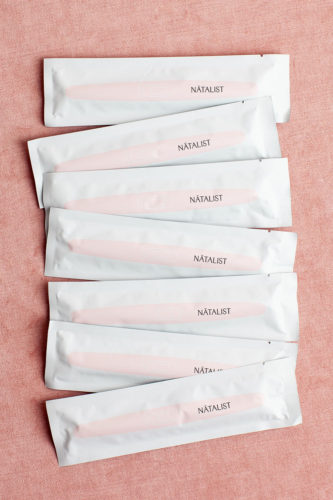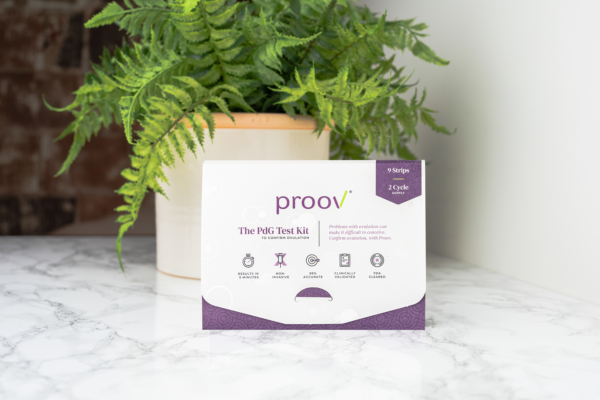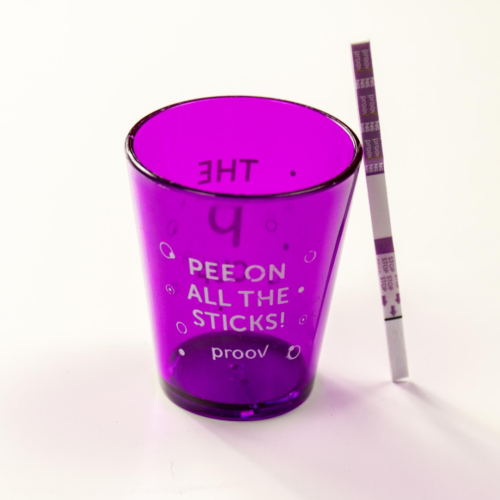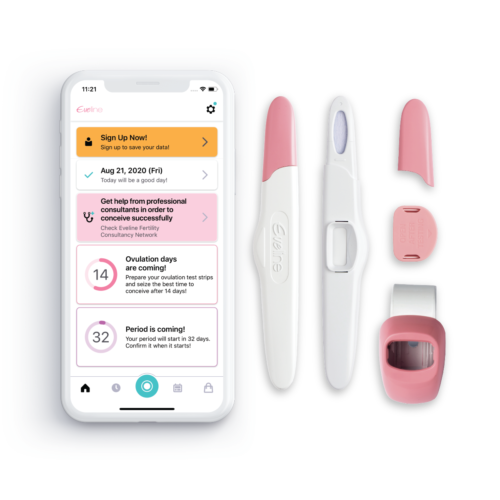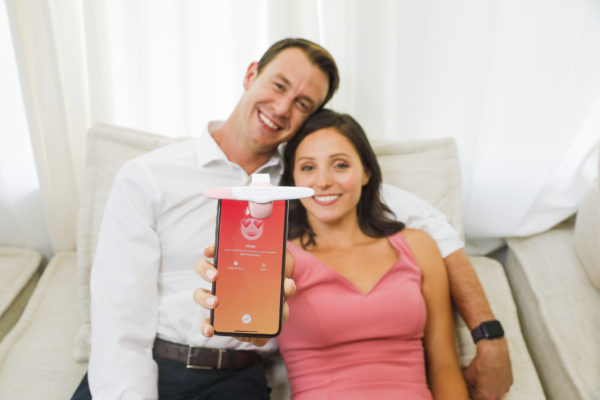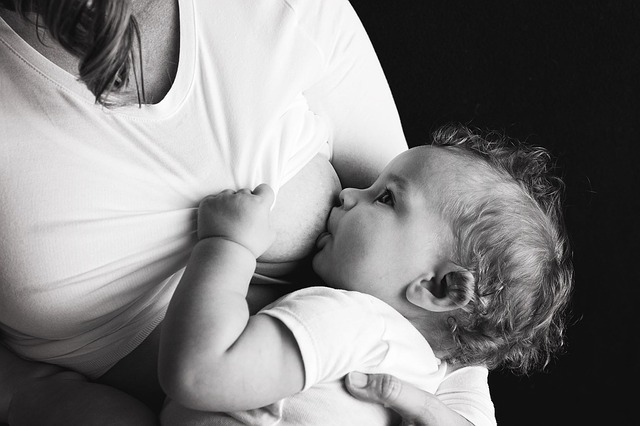The journey to getting that positive pregnancy test result. It is sometimes an emotional rollercoaster when trying to conceive. Getting pregnant can be a walk in the park for some. While for others it’s almost the same as crossing the seven seas and climbing the highest mountains. Even with that, some women still get no result. If you do not have any health or fertility challenges, what do you have to lose? Try these.
Before we begin, there are common mistakes couples make when trying to get pregnant. The most common is not knowing when your ovulation occurs and trying on days that you most likely and certainly will not get pregnant.
What is ovulation? In order for a woman to get pregnant, the sperm has to meet the egg to fertilize it. The egg is released once every month in a process called ovulation. The egg has to be fertilized soon after it has been released for pregnancy to occur. It helps to know or confirm when you are ovulating to give you higher chances of conceiving. Some women may ask, how do I know when I am ovulating? There are simple stress-free ways to know this.
i) Regular Menstrual Cycle;
If your menstrual cycle is consistently accurate and arrives the day you expect it to, for example on the 28th day after your previous period, this should be pretty easy as your ovulation would most likely be on the 14th day which is halfway through your period. You can start having sex 4-5 days to your ovulation as sperm can survive in the female body for a few days before dying off. Doctors advise having sex on those days or every other day so the sperm waits for the egg and quickly fertilizes it the moment it is released.
ii) Cramps;
Some women tend to have body signals when they are ovulating and one of the most common is cramps. While it is nothing like menstrual cramps, it always usually affects the sides of your stomach with pain that has been described as and can range from dull to sharp. It is generally uncomfortable and before now you might have had them and not paid much attention to it. To be super sure, whenever you feel this pain and you suspect it is “ovulation pain”, count back to the day of your last period and if it is halfway through, you most likely are ovulating. However, it is advised to not rely solely on ovulation pain as it might be too late and there’s a great chance you are already ovulating.
iii) Vaginal Discharge;
It is normal for women to get vaginal discharges every now and then without any foul odor, itching, or sting when urinating. However, ovulation has its very own discharge. This tends to be more than your regular discharge, slightly white/transparent and egg white like meaning it has elasticity, slippery, very stretchy, sticky, and sometimes thick. Best way to describe it is if it stretches without breaking.
iv) Body Temperature;
We really do not have much need to track our body temperature on a daily basis, however, if you want to know when you are ovulating, that’s one effective way to. It has been proven that your body temperature changes when you are ovulating. Doctors advise tracking your basal body temperature for a few months to get familiar with the dip or spike that happens when ovulation occurs or is about to.
v) Ovulation Predictor Kits and Trackers;
This my dear friends is the trusted way in our opinion that makes you know for sure when ovulation is about to, when it actually does occur and if it was indeed a healthy one. Because we are positive on how amazing this can work and yield positive results (no pun intended), here are 4 result-driven ovulation test kit, trackers and app that we can vouch for;
Pearl Fertility Kit and App
The Pearl Fertility Kit in combination with the Pearl Fertility App tracks and charts your hormones throughout your cycle which makes it super easy to pinpoint your ovulation date accurately and well in advance so you can be sure to know about ALL your fertile days. The Kit includes test strips for tracking your hormones responsible for ovulation: LH (Luteinizing hormone) and FSH (Follicle-stimulating hormone). The innovative Pearl Fertility App then reads, interprets, and digitizes your test strips for you. It also charts your hormones over time to predict ovulation and it is a safe way to track your fertility each cycle.
Natalist Ovulation Test
According to Weespring, “they are the prettiest things you’ll ever pee on” and we agree. As you already know, timing is critical when trying to get pregnant, the Natalist ovulation test kicks the guesswork out and helps you get to know your body by identifying the time when you are most likely to conceive regardless of if your periods are irregular or not. Because you have the highest chances of getting pregnant during your LH (Luteinizing hormone) surge, the Natalist keeps you informed by easily pinpointing this. They are clinically proven to be 99% accurate and doctor-recommended. Natalist is also the first and only certified plastic neutral ovulation test. The best part? They are as low as $0.89 per test.
Proov Ovulation Test Strips
This right here is a game-changer, why? Because Proov is totally different from ovulation prediction kits. How? While ovulation prediction kits predict your ovulation, Proov confirms that you indeed ovulated and also tells if it was a “successful” ovulation – meaning that it was a good ovulation that gave the best chance at successfully conceiving. It is the first and only FDA cleared test to confirm ovulation, all from the comfort of your home. How does it work? While other tests track the LH, Proov tracks the PdG – a progesterone metabolite – AFTER ovulation to confirm that successful ovulation has, in fact, occurred and the results are 99% accurate. Proov can be used alongside your favorite ovulation prediction kit for best results in viewing the full ovulation picture.
Eveline Ovulation Prediction Kit
Eveline is the world’s first AI-powered ovulation prediction kit. It’s highly accurate prediction keeps the guesswork out. Unlike other ovulation predictor kits, Eveline uses AI technology to pinpoint your low, high, and peak fertility windows. No more tedious recordkeeping. You can now switch to a smarter planner right on your phone. Their patented PixoTech transforms your smartphone into a fuss-free modern fertility guide that sends personalized reminders so you never miss the best time to conceive. It starts with three easy steps – download the app, obtain a urine sample, and let your smartphone analyze the results. It’s really that simple with Eveline.
If you have tried these and still have troubles conceiving, please consult your doctor.
Moving on to ways that can help a healthy woman get pregnant. These are some tried and tested tips;
1. Have Sex on the Right Days;
This is a no-brainer as we all know sex needs to happen for a baby to be made. However, as earlier stated, people tend to not have sex on the right days of the cycle. You should start having sex from the “fertile window” days up until ovulation days. 4-5 days prior to ovulation day is advised. However not proven, some say having sex every day until the ovulation day weakens the male’s sperm, therefore, making them die off quicker and not being able to swim longer. So to be on the safe side, having sex every other day would be perfect.
2. Elevate Butt and Legs;
While this sounds (and looks) funny, we hear it works. Keeping your legs and butt elevated for 15-30 minutes immediately after sex can aid the sperm to go further and faster towards the egg. Support your butt with pillows and get comfy. Like we said, what do you have to lose? If it doesn’t do much, at least you are sure of giggles between you and your partner. What better way to make a baby than actually having fun in bed.
3. Specific Sex Positions;
Experts have hinted however not officially proven that the missionary position and penetration from behind aka “doggy style” allows for deeper penetration than any other position. It is said that the tip of the penis actually gets extremely close to the cervix placing the sperm just where it needs to be to fertilize the egg.
4. Cut Back on the Alcohol and Quit Smoking;
Smoking and alcohol when trying for a baby isn’t such a great idea. Both decreases the fertility level, therefore, reducing your chances of conceiving. If this is indeed a major challenge for you, speak with your doctor on possible ways to quit. Smoking in general is bad for your health and would be for that of any child. Smoking dries up eggs faster and affects the ovaries. It does not matter if you are smoking or you only inhale, smoking can lead to miscarriage and premature delivery. This should seriously be avoided during pregnancy.
5. Watch the Intake of Coffee;
While it is okay to take coffee, too much can do more harm than good. Not more than 5 cups should be taken when trying to conceive. Moderation is key.
6. Eat Well, Relax and Have Fun;
In general, take care of yourself. Eat healthy, exercise, be happy, and have fun. Those may be the least favorite words a woman trying to conceive wants to hear but it has been said that couples who constantly worry about conceiving take longer to actually get pregnant than those who just go with the flow. Stress has been known to indeed play a role in the difficulty some couples face while trying to conceive. Keep your body and mind safe, healthy, and ready for the little one who would (fingers and toes crossed) soon be on the way.
Best of luck to you!
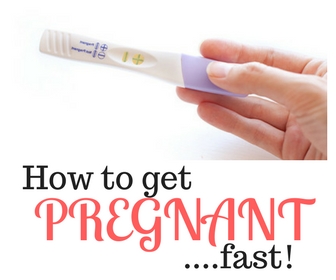
- How To Revive Your Sex Life After Baby - October 17, 2023
- The Sona App Aims To Make Your Child “Sleep Like A Baby” And We Tested It - May 14, 2023
- 7 Ways To Get Some Alone Time As A Mom - March 1, 2023

